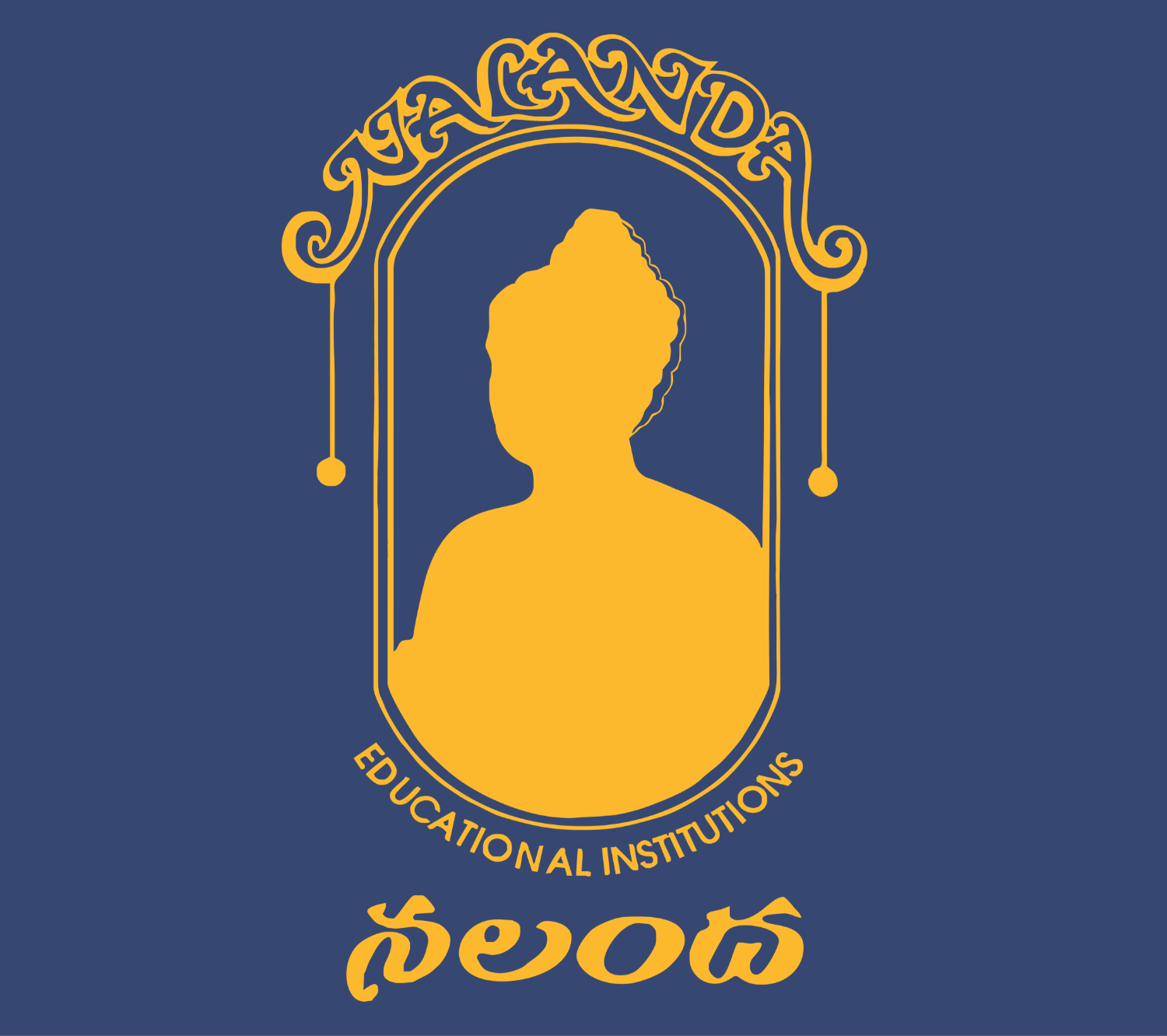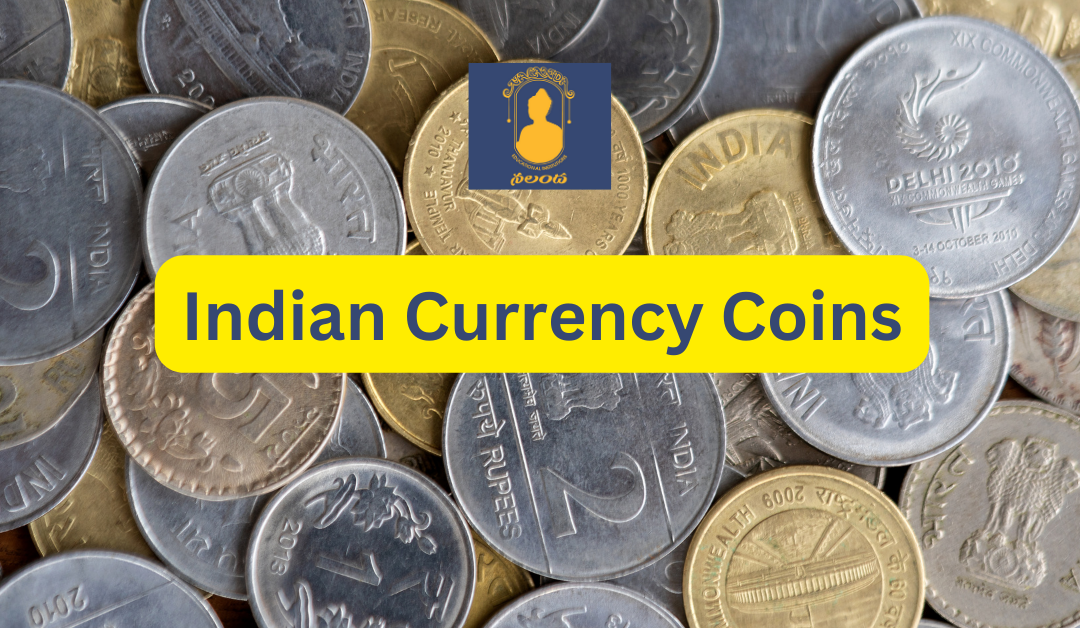Where do the Indian currency coins path their history and existence? Let us discuss the mysterious history of Indian currency in our blog. India has one of the best histories ever to exist, from the variation in culture to the atrocities in society. India has always been the best in the books of history. Indian foreseen cultures and traditions have made their way into the deserted books of history, and so has the economic history of India. Indian currency coins have their own history that is lesser known to the world. India was named the golden bird of the world for all the precious stones that were discovered here.
HISTORY OF INDIAN CURRENCY
The history of Indian currency ages back to when silver coins were used as a standard of exchange. The coins were made of silver of a standard weight but of different shapes. A few examples of silver coins that were differentiated with symbols based on the regions are:
- Saurashtra had a humped bull,
- Dakshin panchayat had a swastika
- Megadha had several signs.
The silver coins were, with time, transformed into a more profound currency. The Kushan had a dual coin design wherein one side was the motif or symbolic representation of the king, and the second was the King’s Favourite deity. The coins in the Gupta territory were inscribed in the finest inscriptions in Sanskrit.
The fundamental transformation of currency in India started at the onset of the Mughal empire, brought in Urdu scriptures coins and the monetary system was unified and consolidated for all regions under the Mughal empire.
THE EVOLUTION OF CURRENCY
The evolution of monetary exchange started after Sher Shah Suri ruthlessly defeated Humayun and set up a new administration to govern the civil and military in the empire. He commonized money by setting a silver coin weighing 178 grains as a standard dimension which was divided into 40 copper pieces, or paisa as it is named today. These were termed “rupiya” and modern-day “Rupees”. This silver coin was in use for the entire Mughal period.
SOME PROFOUND FACTS ABOUT CURRENCY
- The oldest banknote preserved in India was issued on 3rd Sept 1812, a 250 Sicca rupee note issued by the Bank of Bengal.
- In the 1857 revolt, when the British made their way into colonizing India, they swiftly made Rupee the official currency of colonial India. The head, King George VI, decided this and managed to re-design banknotes and coins.
- In January 1938, RBI issued the first paper currency, a 5 rupee note bearing King George VI’s portrait.
India’s monetary system remained the same even after it gained Independence in 1947, where 1 Rupee was divided into 64 pieces. One rupee note is the first banknote printed by Independent India. Each coin has distinctive characteristics, shapes and sizes with various symbols that notify differences in day-to-day life. For example, 1 Paisa coin was round-shaped, 2 Paise coins were scalloped, 5 Paisa coins were square, and 10 Paisa coins were scalloped in the edges. This way, different coins were designated a different design that articulated the ongoing attribute of India’s barter or currency system.
Later in 1959, the 10 Rupee and 100 Rupee notes were specially issued at the Indian Haj Pilgrim to ease local transactions in Saudi Arabia. The Mahatma Gandhi Birth Centenary Commemorative Issue was released in 1969. It was the only commemorative note the Reserve Bank of India issued.
Conclusion
Now that you know about the underlying secrets of Indian currency coins and the complex history of these gems, get your knowledge bar high by sharing it with your friends. Nalanda School provides the best combination of varied knowledge for students that design the future.


Recent Comments